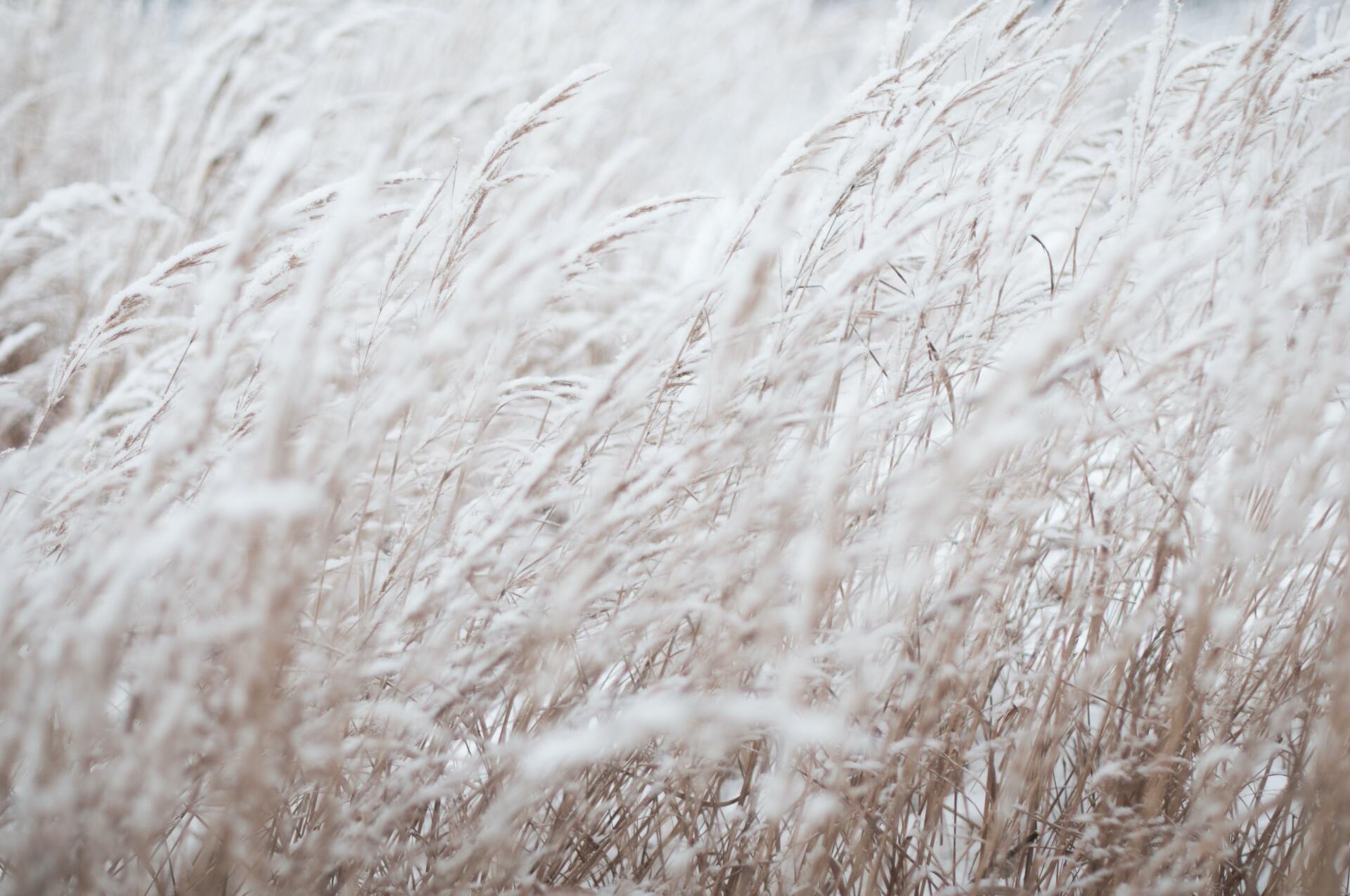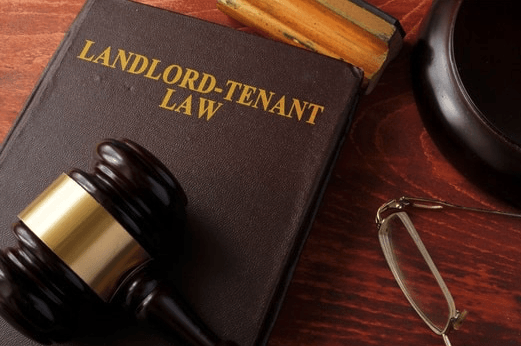
As the days get longer and temperatures start to rise, spring is the perfect time to give your rental properties a much-needed refresh. After a long winter, a thorough inspection and maintenance routine not only keeps your property in top shape but also helps prevent costly repairs down the line. Whether you're a seasoned landlord or managing your first rental, here’s a spring maintenance checklist to help keep your investment—and your tenants—happy. Masters Real Estate does regular property inspections to ensure all of these items are taken care of in order to protect our clients investments. ✅ 1. Inspect the Roof and Gutters Winter can be harsh on roofing materials. Look for missing shingles, signs of leaks, or storm damage. Don’t forget to clean out gutters and downspouts to ensure proper drainage and prevent water damage. ✅ 2. Service the HVAC System Before temperatures soar, schedule a professional HVAC inspection and tune-up. Change air filters and check for any issues that could affect performance or energy efficiency—this keeps your tenants comfortable and reduces utility complaints. ✅ 3. Test Smoke and Carbon Monoxide Detectors Safety first! Spring is a good reminder to test and replace batteries in smoke and carbon monoxide detectors. It’s a small step that can save lives and protect your property. ✅ 4. Check for Pest Issues Rising temperatures mean increased pest activity. Look for signs of rodents, termites, or ants—especially in basements, attics, and around the foundation. Consider scheduling a pest control service as a preventative measure. ✅ 5. Inspect Windows and Doors Examine seals, caulking, and weather stripping. Not only can worn-out seals drive up heating and cooling costs, but they also make the property less secure and more susceptible to moisture damage. ✅ 6. Spruce Up Landscaping Trim overgrown shrubs, remove fallen branches, and refresh mulch beds. Not only does this boost curb appeal, but it also helps prevent issues like foundation damage from overgrown roots or clogged drains. ✅ 7. Examine Exterior Paint and Siding Take a walk around the property and look for chipped paint, cracked siding, or areas showing wear. Spring is a great time for touch-ups that keep your property looking well-maintained and attractive to current and prospective tenants. ✅ 8. Check Walkways and Driveways Inspect for cracks or uneven areas that could become tripping hazards. Repairs now can prevent bigger problems later, especially if water seeps in and freezes again next winter. ✅ 9. Clean Out Dryer Vents Lint buildup in dryer vents is a major fire hazard. Ensure vents are clean and functioning properly—it’s a quick job that protects both the property and your tenants. ✅ 10. Aerate the Lawns Lawn aeration is a crucial lawn care practice of creating small holes in the soil to improve air, water, and nutrient penetration. This helps to alleviate soil compaction, promote healthier root growth, and reduce thatch buildup. An ideal time to aerate is in the Spring before you turn on the sprinklers. Spring maintenance is all about being proactive. By staying ahead of repairs and keeping your rental property in great shape, you protect your investment and create a safe, comfortable environment for your tenants. Keep this checklist handy and make spring your most productive season yet! Don't have time to manage your rental property? Masters Real Estate can help! Learn more about our services and get a free rental analysis.

When you're looking for a property manager, it's not always easy to know what to look for. There are 5 key things to consider when choosing someone to manage your investment property. Read this to learn what these are and how to pick the best property manager to save you time, money, and stress while managing your properties!

As winter approaches, it's time to get prepared for the season. There are three things that are on the top of the to do list, arguably the most important things you need to do is winterize your sprinkler system. If not done properly you will find yourself with a maintenance emergency and an expensive repair bill when freezing temperatures come to Colorado. Another thing to consider is keeping branches away from your home and car during Spring where we receive moisture heavy seasonal snow that can damage anything or cause injury as they fall off. And lastly, if you like your healthy lawn, its aeration/fertilization time. Get your sprinklers blown out for the season Winter is the time to get your sprinklers blown out. The winterizing process helps ensure that your irrigation equipment will last longer and will not burst during the coldest months of the year. If water freezes in an un-winterized system, it expands and bursts water lines, sprinkler heads, backflow preventers and the plumbing inside your home causing significant, traumatic and costly damage. To winterize your sprinkler system: Turn off the water lines Blow out all hoses so they are not full of water Close the solenoids or turn off your system. Turn off outside faucets (check for leaks). Make sure your sprinkler system has been unplugged or disengaged. Remove tree branches that might break off with heavy snow or ice If you have trees on your property, especially large ones that may need to be removed in the future, it is important to do the following: Remove dead or diseased branches. These branches can fall and cause damage if they are near power lines or on top of your car. Remove branches that are too close to the house. This helps protect against wind coming from different directions and knocking down some of these trees onto your home. If there is a large tree that has grown too tall and its branches are overhanging your driveway, this could also cause problems with vehicles driving underneath it or kids playing around it during winter months when snow falls heavily overnight causing heavy snowfalls while temperatures drop quickly during nights when people go outside before sunrise during those cold mornings before going off to work or school! Get your lawn aerated Your lawn has had a long year of getting watered, being pressurized and packed down by lawn mowing, now its time to the alleviate the pressure. Aerating is a great thing for the lawn. It pokes holes throughout the lawn allowing for water, air and nutrients to get in deep to the roots. The holes are 2 or 3 inches into the ground, not too deep for your sprinkler lines to get punctured, but deep enough to help with new roots. After aerating you will want to put down a winter fertilizer, the fertilizer will get deep into the soil allowing for the nutrients to be delivered right to the source. Making sure you have a good fertilizer is also important. There are several good brands out there that you can find at the local home hardware store. If you need help managing your investment property, please let us know through our contact form or by calling 303-930-5125.




